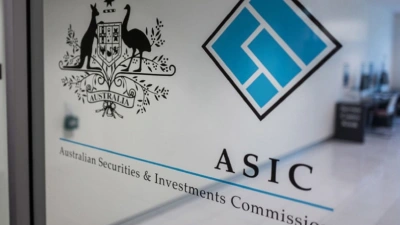More fees to pay for ASIC market supervision


The Government is seeking to raise around $18 million a year in new fees from those participating in Australia's equity markets to help fund the supervisory activities of the Australian Securities and Investments Commission (ASIC).
In similar fashion to the manner in which superannuation and financial institutions levied to cover the costs of supervision by ASIC, the Australian Prudential Regulation Authority, and the Australian Taxation Office, the Government has announced a new cost recovery fee structure to be applied to stockbrokers and others utilising the Australian Securities Exchange and incoming Chi-X.
The move was announced by Assistant Treasurer and Minister for Financial Services, Bill Shorten, who said the fees were expected to be offset by cost savings for the industry via reduced trading fees and narrower bid-ask spread.
"In addition, the economy as a whole will benefit from an innovative and competitive market lowering the cost of capital raising and creating investment opportunities," he said.
Shorten said opening Australia's financial markets to competition carried the challenge of supervising multiple markets in an environment of high speed and complex trading.
"The proposed market supervision fee model and cost recovery arrangements represent an important next step in our efforts to support competitive, efficient and innovative equity markets," he said.
Shorten said the proposed market supervision fee model and cost recovery arrangements would replace the current interim cost recovery arrangements from 1 January, next year.
Recommended for you
The Financial Services and Credit Panel has made a written direction after advice regarding non-concessional contributions meant an individual was forced to withdraw over $330,000 from their super.
With Insignia Financial suffering a cyber attack on its Expand platform, this can potentially have a negative impact on the two private equity bids currently in play for the firm.
State Street Global Advisors has made an equity investment in Ethic, a platform helping financial advisers to produce bespoke portfolios, reflecting the greater client demand for customised portfolios.
WT Financial’s new entity with Merchant, Investco, has entered into a heads of agreement to merge three financial advice firms.














